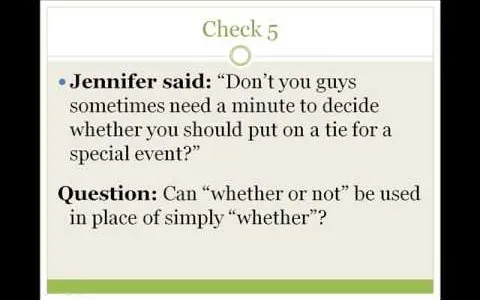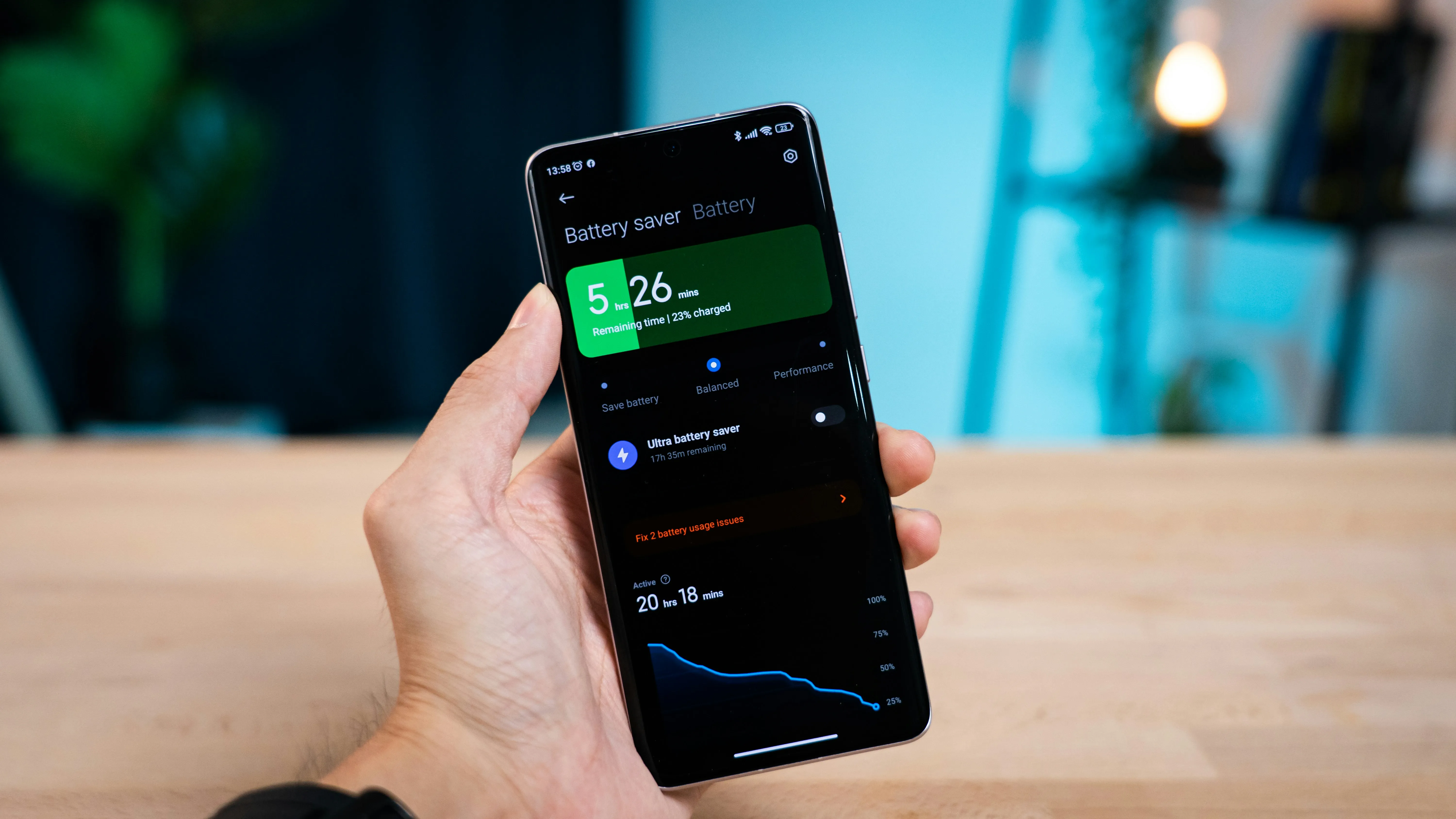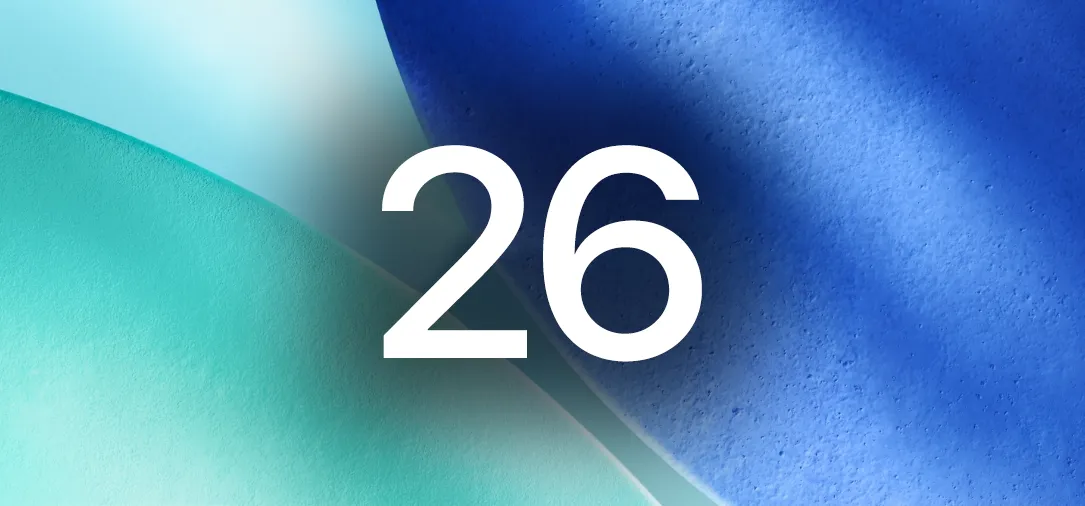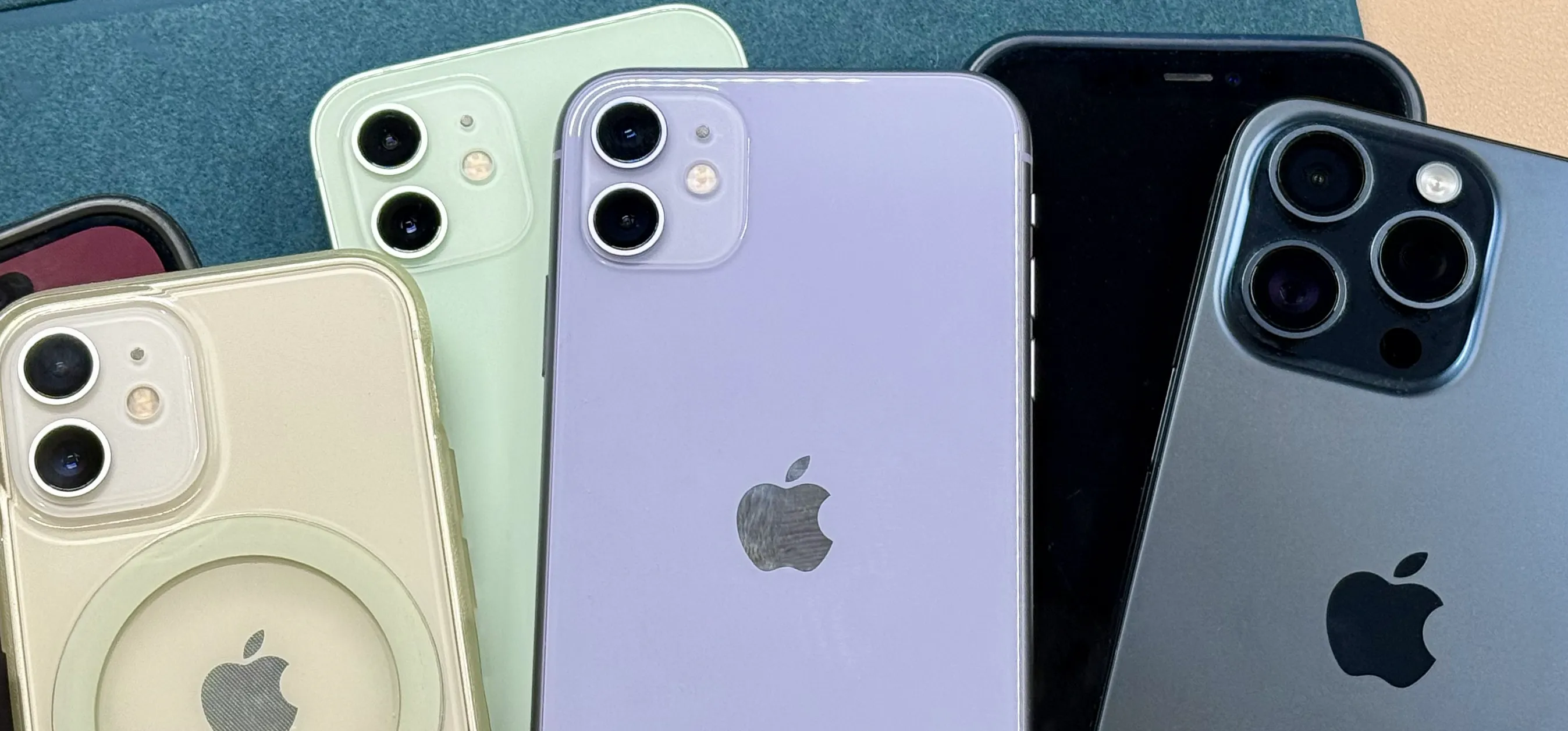How-To Guides about English Language & Culture


how to
How to Adapt and Learn About the U.S. Culture


how to
How to Say 'I Love You' in Portuguese, Spanish, and French


how to
How to Improve Your Speaking in Public and on Camera






























Featured On WonderHowTo:
Productivity & Shortcuts










Featured On WonderHowTo:
Music & Audio










Featured On WonderHowTo:
Augmented Reality










Featured On WonderHowTo:
Gaming

















































































































































































































